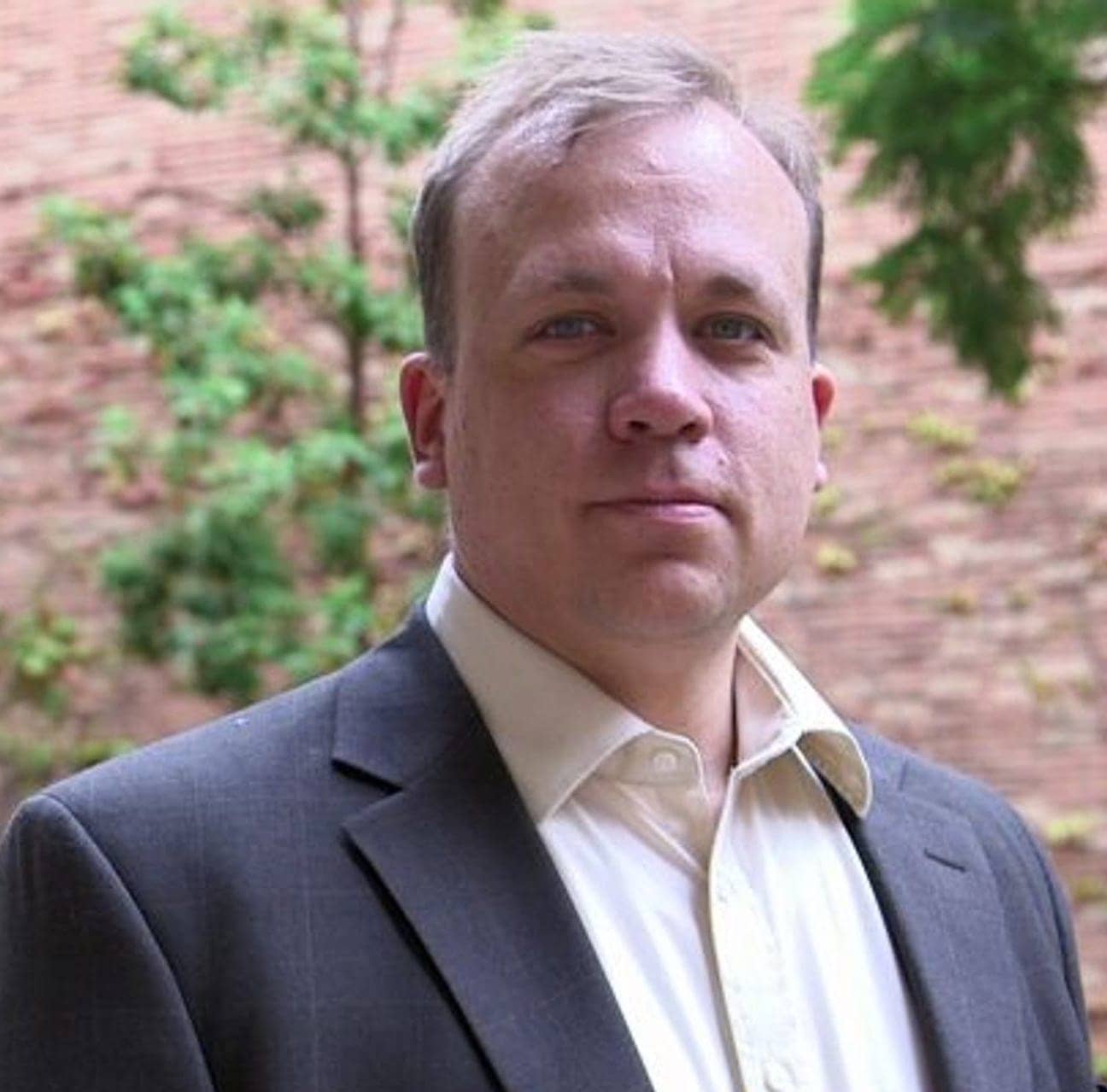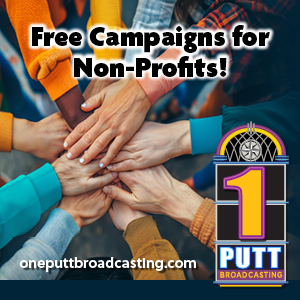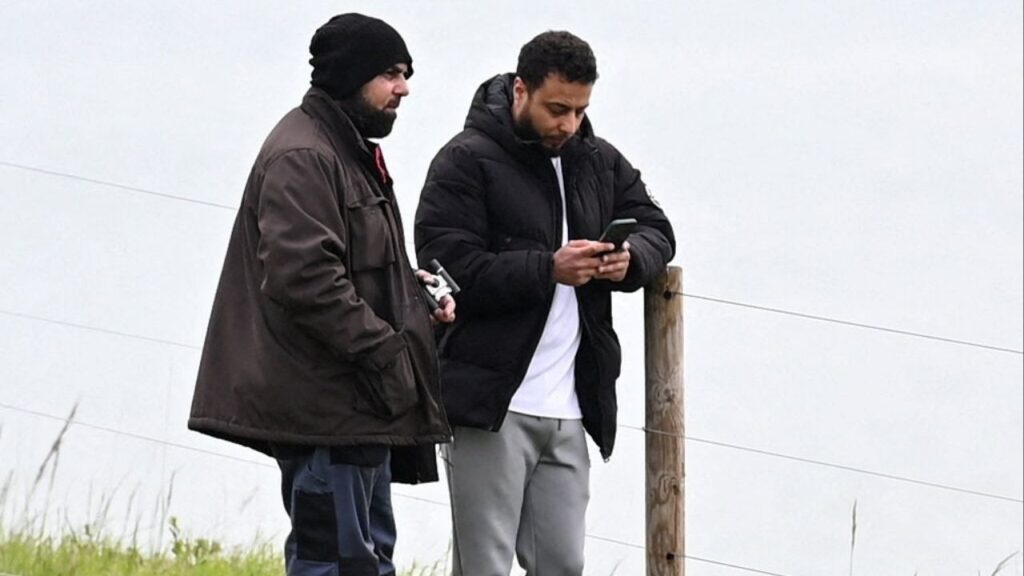Share
For the last three years, I have been working on public policy related to foster youth. But at a recent monthly foster care policy meeting in Sacramento, where experts were discussing the needs of foster youth fortunate enough to go to college, I found myself thinking, “They’re missing the point.” Getting the degree doesn’t fix the real problem that foster youth have, which is forming relationships.

Mike Stajura
Opinion
As a former foster youth who is now middle-aged, it is sometimes difficult to sit in these meetings. Experts and advocates speak about interconnected challenges faced by foster youth aging out of the child welfare system: underemployment and job-hopping, educational disparities, housing instability and homelessness, and mental health issues related to childhood trauma and neglect. Advocates have helped to pass and implement many successful policies that have improved the odds and the outcomes for foster youth. In my estimation, though, the true root issue faced by foster youth has remained beyond the reach of policy even though everyone in the room knows what it is.
My problem is not that I think the policy proposals are wrong. I have lived through my own version of the challenges faced by former foster youth, and I know the limits of policy as a tool.
Every Foster Youth’s Experience Is Different
It is particularly difficult to acknowledge how the foster experience still shapes my thoughts, actions, and relationships to this very day. I can only speak for myself, but I’ll use words below like “we” when describing the broader group of foster youth, knowing that I can’t really speak for everyone. However, my observations are a good faith effort to apply my academic training to our experience, knowing that we’re similar in ways that might not be immediately obvious.
And I was lucky. There are grim statistics for what happens to others. Fewer than half of foster youth don’t graduate high school on time (but many go on to finish later). Fewer than 4 percent earn baccalaureate degrees. More than 30 percent of current and former foster youth are arrested at some point, and we are 63 times more likely to wind up incarcerated than someone in the same age range who has not been in foster care. A quarter of foster youth have post-traumatic stress disorder; far more have other mental health issues that cause depression, anxiety, and attentional symptoms. Upon aging out of the child welfare system, an estimated 25-33 percent experience homelessness in some form.
So, here I was listening to an expert discuss how important it was for foster youth to stay in school and earn college degrees and get good jobs. To me, that sounded something like giving clean, fresh water to someone who had contracted E. coli—without having treated the underlying E. coli infection. Please bear with me.
Higher Education Does Not Help People Learn How to Build Relationships
Education is necessary but insufficient for overcoming the challenges faced by youth coming out of the child welfare system. I have a Ph.D. in public health. That’s on top of two master’s degrees. I’m also underemployed and sometimes need to find creative ways to explain or cover up job-hopping and employment gaps on my resume. Education was great—like the clean water—but my underlying issue, as expressed on my resume and in a lifetime without any real or lasting mentorship, is a difficulty with creating and sustaining relationships.
Higher education does not help people learn how to build relationships. In fact, it may do the opposite for some people. School has a built-in release valve that I think every former foster youth might secretly crave (whether they are aware of it or not): It provides structured, organized change. With each new semester come new teachers, new classmates, and a new routine. Any former foster youth reading this will immediately understand what that means: placement change.
Whenever we changed foster care placements, it was like starting over from scratch in a new environment. It wasn’t exactly a fresh start, though. We had little or no control over placement changes, and they were often done for adverse reasons. In school, though, the changes were built in. While the circumstances were different, those of us lucky enough to be in higher education were merely continuing old patterns without realizing it.
Did you have a problem with a teacher? It doesn’t matter because they will be out of your life soon. Did you have any problems connecting with your assigned group members for the class project? It doesn’t matter; this will only last so long. Everything in education is transitory—just like our foster care experiences. For those with the aptitude for learning in academic environments, being former foster kids can actually make us very good at being students. We’re right at home.
Most of Us Didn’t Ask to Be Placed in Foster Care
So while earning a degree is worthwhile in and of itself, we often leave school without learning what we really needed to: how to create and sustain healthy relationships over time. That quality of personal connection that is required to really make it in this world is not something that school alone can teach.
Most of us didn’t ask to be placed in foster care. We wound up in foster care through the actions of others, not ourselves. From that point forward, we’re often in the position of being acted upon rather than acting with agency. By seeing everyone we bond with as transitory, we anesthetize ourselves to the pain of their pending departure from our lives. We have also honed an exceptional ability to sense trouble with relationships, but we also sometimes sense it even when it really isn’t there. If we don’t like someone, then we hasten that person’s departure.
It is tough to unlearn that behavioral pattern, and higher education isn’t the best place for this unlearning.
In fact, many foster youths become masters at gaming this phenomenon at a young age; it’s a finely tuned survival technique. College is just a new game to play, one semester at a time. The educational system is designed so we can leave relationships, sometimes even before they have a chance to go bad. Get in, get out, and get gone. This is how college can sabotage our opportunity to develop what we’re really missing.
Current and Former Foster Youth Are Resilient and Adaptable
Current and former foster youth need the opportunity to create and sustain relationships, and many of us aren’t even aware of that gap. I wasn’t aware of it myself until much later in life. Some colleges and universities have taken baby steps to address this through supportive programs such as Guardian Scholars. These programs are good at connecting youth to campus resources to help with education and degree completion; connecting youth to other social supports for things like housing and food, and; connecting former youth to each other. But then the foster youth graduate as part of the 3-4 percent of the lucky ones. They graduate and they’re gone, heralded as success stories. Attention then returns to the younger ones lucky enough to enter college.
Meanwhile, many older former foster youth (whether we got into college or not) move through life without having truly learned the most important lessons about good relationships. There wasn’t a class on that, and neither a degree nor a job placement program will solve that. We simply don’t know what we don’t know: meaningful relationships take skills and time to grow, and we’re short on both. If given the opportunity, we move on.
We’ll also be fine. Current and former foster youth are resilient and adaptable. I’ve anecdotally observed that we fare better than others with sudden and adverse changes. Been there, done that. You can’t do anything to us that hasn’t already been done.
At my current age, though, I can’t help but acknowledge that we can’t grow or succeed without stable relationships over time. That is prerequisite to everything else. This is a problem that requires something beyond the standard policy toolbox to address.
About the Author
Mike Stajura went from being homeless to being a West Point graduate and U.S. Army officer. He has a Ph.D. from UCLA. He wrote this for Zócalo Public Square.
[activecampaign form=31]
Categories

Fresno Farmers Can Get Paid to Save Groundwater

Trump Critic Ben Sasse Says He Has Terminal Pancreatic Cancer

What Would Surprise Jesus About Christmas 2025?















